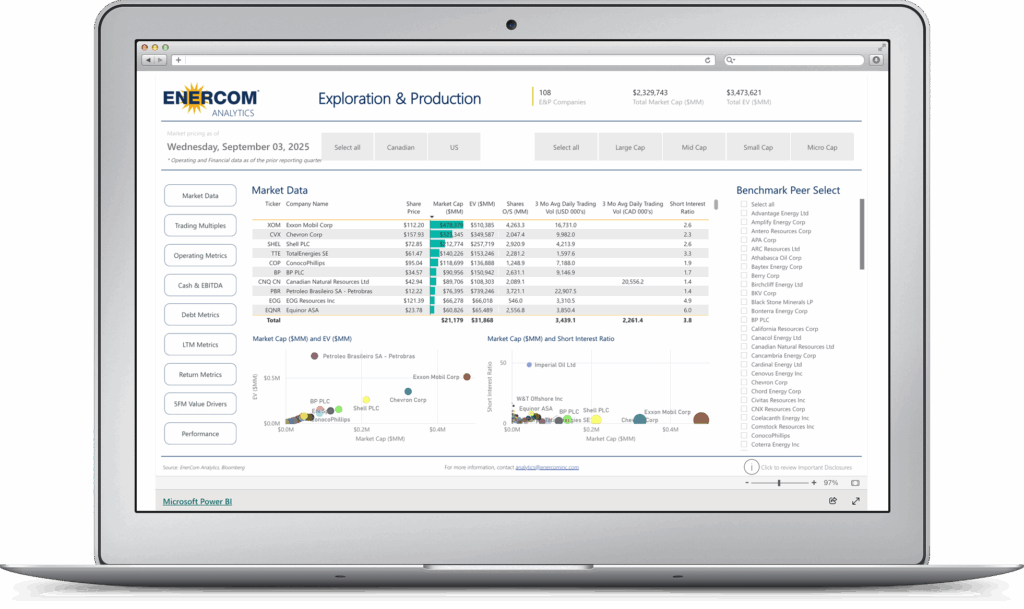(BOE Report) – Saudi Arabia has been cranking up oil refining operations to capture strong profit margins, helping the kingdom offset revenue lost from declining crude prices and exports.
The world’s top oil exporter has in recent years invested heavily in expanding and modernizing its refining and petrochemical capacity at home and overseas to meet growing demand for fuel and plastics while also securing outlets for its crude oil.
Saudi Arabia has nine local refineries with a combined capacity of 3.33 million barrels of oil per day (bpd), accounting for roughly 3% of global demand, which are configured to process its domestically produced crude oil. It operates another 4.3 million bpd of refining capacity abroad, including in China, the United States and Malaysia.
The kingdom’s domestic refineries processed 2.94 million bpd in March, the highest-ever volume for that month and only a smidgen below the record high of 2.96 million bpd in April 2024, according to data from the Joint Organizations Data Initiative (JODI).
The 12% monthly increase in refining crude intake in March was 23% above the 10-year average for the same period. It correlates with a 12% month-on-month drop in Saudi crude exports to 5.75 million bpd in March, according to the data, highlighting the kingdom’s flexibility between directly selling crude to other refiners and refining it itself.
Saudi refinery rates likely declined by around 200,000 bpd in April due to planned plant maintenance, but should remain at elevated levels ahead of peak summer demand season, according to Keshav Lohiya, CEO and founder of analytics firm Oilytics.
Saudi’s refined product exports, which include diesel, gasoline, jet fuel and fuel oil, rose to a record 1.58 million bpd in March, before declining to 1.48 million bpd in April and 1.42 million bpd so far in May, according to data from ship tracking firm Kpler, likely reflecting refinery turnaround.
FLEXIBILITY
This integrated strategy offers Saudi Aramco, the country’s national oil company, an effective way to manage oil price volatility as refining margins – the profit made by processing crude oil into transportation fuels and chemicals – typically rise when feedstock prices decline.
It will likely prove valuable going forward after OPEC+, an alliance of major producing countries unofficially led by Riyadh and including Russia, started to rapidly unwind 2.2 million bpd of output since April.
The move to add a large volume of oil into an already well-supplied market concerned by the impact of U.S. President Donald Trump’s tariffs on global economic activity put heavy pressure on oil prices, which dropped to around $65 a barrel from a high of $82 in mid-January.
Saudi Arabia and its allies will likely deepen the price war when they meet later this month by further accelerating the unwinding of their production cuts.
Refining margins have held strong so far this year despite the growing economic headwinds, benefiting from lower crude prices and healthy demand for diesel in particular. Benchmark Singapore refining margins are currently near their highest since February 2024 of around $8 a barrel, according to LSEG data.
Regardless of the possible impact of the trade wars, global fuel demand in the northern hemisphere typically peaks from June through early September, as motorists drive more over the summer while more air travel buoys jet fuel demand. This will therefore likely support refining margins in the coming months.
Saudi Aramco placed 28% of its crude oil production in domestic refining operations in 2024, up from 26% the previous year, according to its annual report. It also supplied 53% of the crude used by its joint venture refineries abroad.
The International Monetary Fund assessed that Saudi Arabia will need an average Brent oil price of around $90 a barrel in order to balance its national budget.
While crude prices are likely to remain at current levels or even lower for most of the year given the surge in supplies and demand uncertainty, the increased refining operations offer Riyadh an effective tool to manage oil price volatility and to better withstand a protracted price war.
** The opinions expressed here are those of the author, a columnist for Reuters. ** Want to receive my column in your inbox every Thursday, along with additional energy insights and trending stories? Sign up for my Power Up newsletter here.
(By Ron Bousso; Editing by Susan Fenton)







